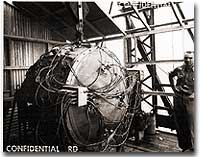
SIBUEA IS THE BEST In My HEART and My Life
Jika anda sia-siakan uang, maka anda hanya akan kehilangan uang. Tapi jika anda SIA-SIAKAN WAKTU, maka anda akan KEHILANGAN SEBAGIAN HIDUP anda.(If you do not waste your money, then you will only lose money. But if you are NOT WASTE TIME, then you will LOSE SOME LIFE you).
Hal terpenting dalam kehidupan adalah mencintai apa yang Anda lakukan, karena itu satu-satunya cara agar Anda mencapai hasil yang sangat baik dalam pekerjaan Anda.(The most important thing in life is to love what you do, because it's the only way for you to achieve excellent results in your work).
Jangan pernah menyerah karena apapun yang terjadi selalu ada jalan keluar. Kita dilahirkan bukan sebagai orang yang gagal tetapi seorang pemenang.(Do not ever give up because no matter what happens there is always a way out. We are born not as a failure but a winner).
Before God we are all equally wise - and equally foolish (Dihadapan Tuhan kita semua setara bijaksananya dan setara bodohnya).
Hanya mereka yang berani gagal dapat meraih keberhasilan. Keberhasilan tidak diukur dengan apa yang anda raih, namun kegagalan yang telah anda hadapi, dan keberanian yang membuat anda tetap berjuang.(Only those who dare to fail to achieve success. Success is not measured by what you accomplish, but the failures you have faced, and the courage that keeps you fighting).

